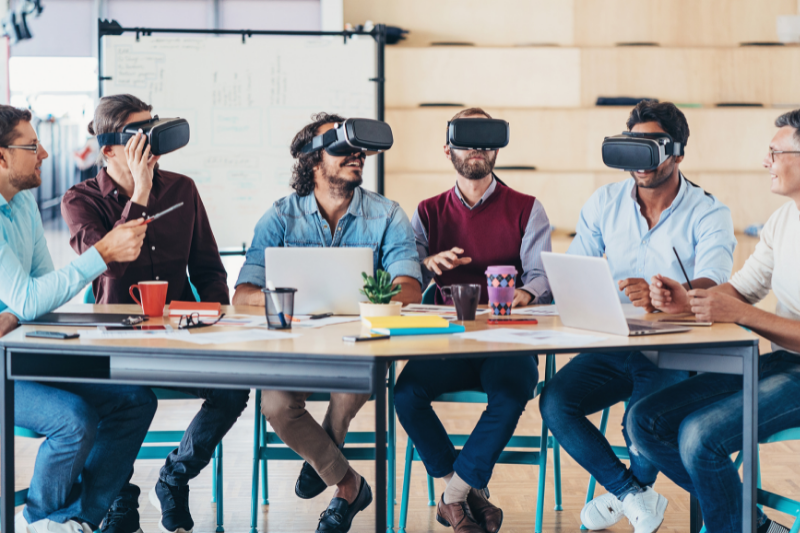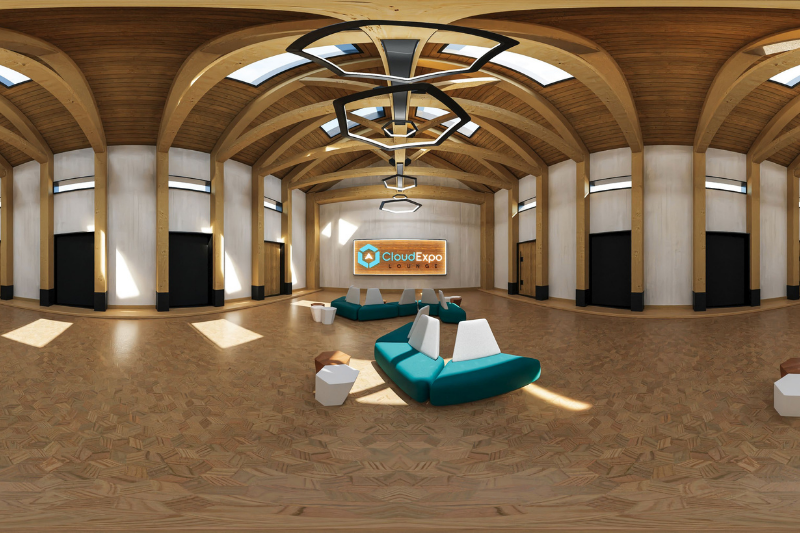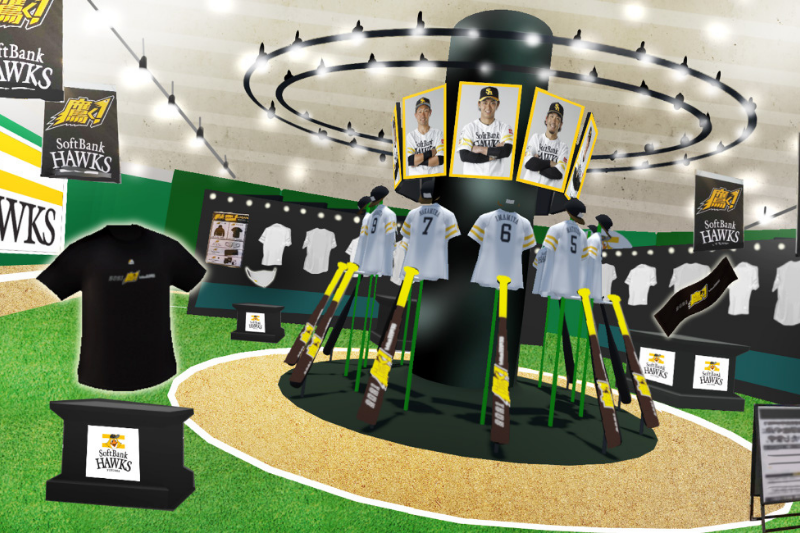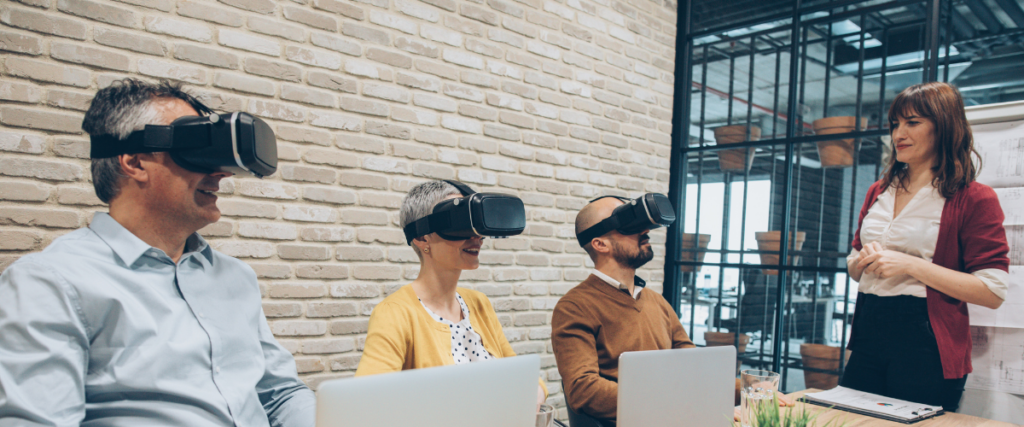Expected to reach US$58.7 billion in market value by 2022, virtual reality technology is a rising digital trend that will transform the way we live, communicate, and interact with others. Read on to learn more about how APAC is impacting the VR tech industry.
Virtual reality (VR) has been a fantasy just out of grasp for many tech fans for a long time, as enthusiasts waited for technology advancements to catch up with its potential- being able to communicate, interact with, and sense artificial objects in a computerised virtual world. Starting out with applications in the video gaming industry, VR today has become widely adopted and accessible.
Impacted by the global digital push spurred by the ongoing pandemic, the VR industry has expanded its reach and attracted much investment. VR tech is expected to influence many different industries in the coming years, from the medical field to entertainment, to architecture and design. Read on to learn more about virtual reality, its potential applications, and its impact in APAC.
Virtual Reality Technology
VR tech utilises computer modeling and simulations to create a 3D digital environment where a person can actively participate in it by wearing interactive devices– goggles, headsets, gloves, or bodysuits. These devices send and receive information based on the movement or decision of the user. In a traditional VR environment, users will view animated images of a pre-designed digital environment through a headset with a stereoscopic screen.

Virtual reality has already created an impact outside of the entertainment realm as well. For instance, VR meeting rooms have filled in communication gaps at workplaces over the course of the pandemic and prolonged work from home periods. Where in online meetings, participants must stare at their screens, VR meetings put users in a 3D digital environment, as if they are in a real space. This allows them to interact with each other as they would in the office, through their headsets. Physical aspects, such as hand gestures or even facial expressions, can also be reflected through VR tech, facilitating communication between users.
Applications
Medicine
With its ability to visualise a real-life object in a three-dimensional digital realm, VR tech is set to create a significant impact in the medical field. Virtual visualisation of internal organs will help trainees prepare for actual surgical procedures and also facilitate communication between doctors and patients. Moreover, VR tech could also help patients undergo psychological or physical therapy by creating a virtual world that suits them best for rehabilitation. For instance, Australia’s Sydney Phobia Clinic gives clients a safe, controlled environment to practice coping techniques they have learned.
Holoeyes is a Japanese startup company that is currently developing VR software that can convert a 2D human body visualisation into a 3D representation for medical procedures. This technology will enhance medical treatments, procedure planning, and education.

Architecture and Design
VR tech also has great potential in the field of architecture and design. It allows designers to create a digital prototype of a building or product, prior to its actual construction. A virtual visualisation of the outcome would give more information on feasibility, better convince clients before making an extensive investment, and resulting in better-designed products.
Hong Kong’s Shadow Factory virtually created West Kowloon Cultural District’s Xiqu Centre in 2017 before the completion of the actual building, mainly based on architectural drawings and the work of the architects involved in the project. The outcome captured the Centre’s Grand Theatre, Tea House Theatre, and a large atrium for public events, exhibitions and shows. Currently, the agency is currently developing a VR showroom for German engineering company ThyssenKrupp, where clients can demonstrate their products and services on a tactile level.

Art Exhibitions
The initial outbreak of the Covid-19 pandemic led many creative industries and museums to host their showcases virtually, leading to digitalised visual art through VR tech. This integration allows participants to attend virtual exhibitions from home, museums to display artworks they do not own, and artists to expand their realm of creativity. Moveover, virtual reality assists historians and archeologists to recreate archaeological sites and antiquities for research and educational purposes.
Singaporean VR startup Hiverlab’s CloudExpo is a digital platform, where clients can easily create their own 3D virtual tours. Notable outcomes of the technology include L’Oréal’s Virtual Career Fair, Huawei’s Digix Lab, and Omron’s Office Virtual Tour.

Entertainment and Sports
Analysts expect VR tech in sports and entertainment to reach US$56.7 billion in market value by 2031. The technology will allow fans to feel the exciting atmosphere of live concerts or sporting events from home. This digital adoption would not only be beneficial for fans, but also for athletes too. For instance, the American VR company SkyTechSport has developed its Snowsports Simulator, which allows athletes to ski on mountains in virtual reality before going to the actual racecourse.
Japan’s HIKKY is a notable VR firm in APAC that specialises in creating digital platforms for clients from sports and entertainment industries. The agency has designed and created a virtual concert for musical group PKCZ, a 3D online store for professional baseball team Fukuoka SoftBank Hawks, and a Netflix theatre.

With the adoption of VR tech in many industries beyond video games and entertainment, market analysts expect further implementation of the technology in business sectors, especially in those that involve training and research, in the coming years. Moreover, with Mark Zuckerberg’s recent announcement about his company’s new vision for the metaverse, more attention has been drawn to the development and expansion of the VR industry.
Related Articles
6 Sectors the Augmented Reality Industry is Reshaping





